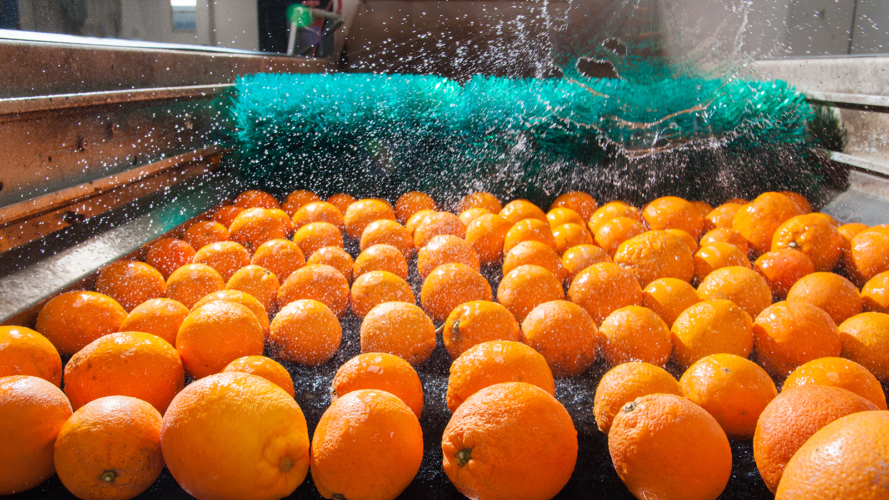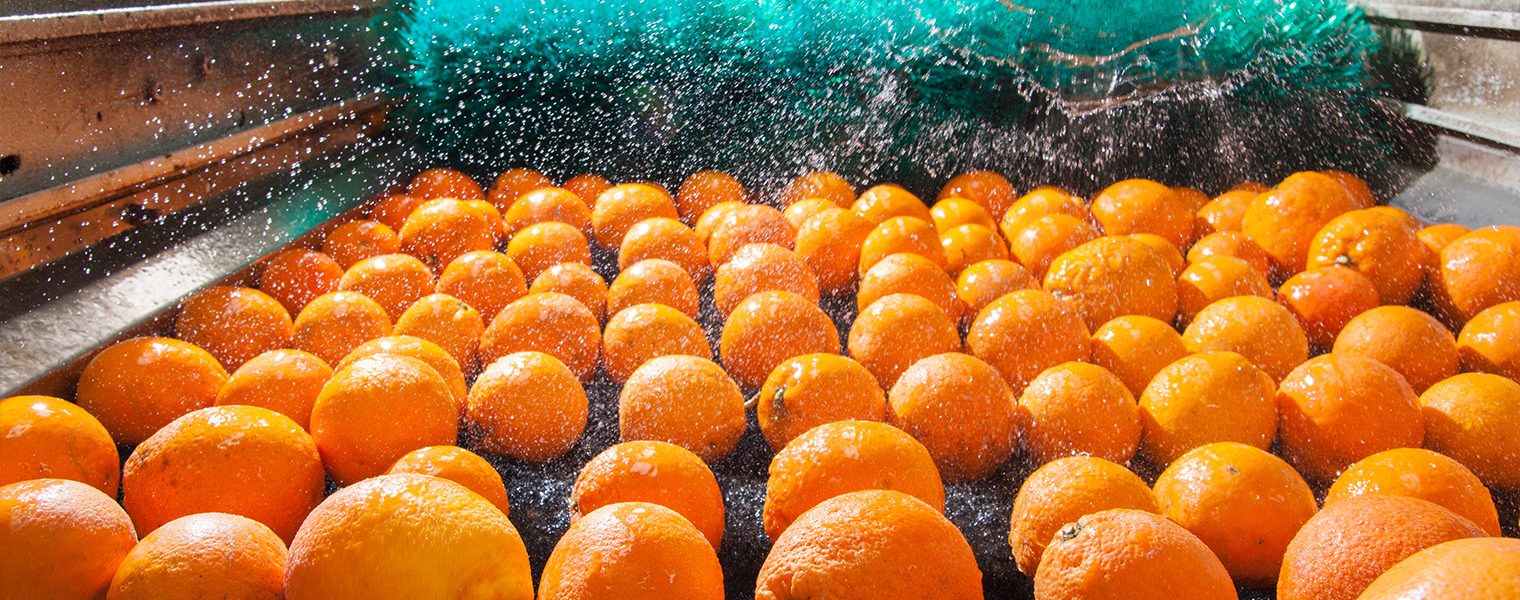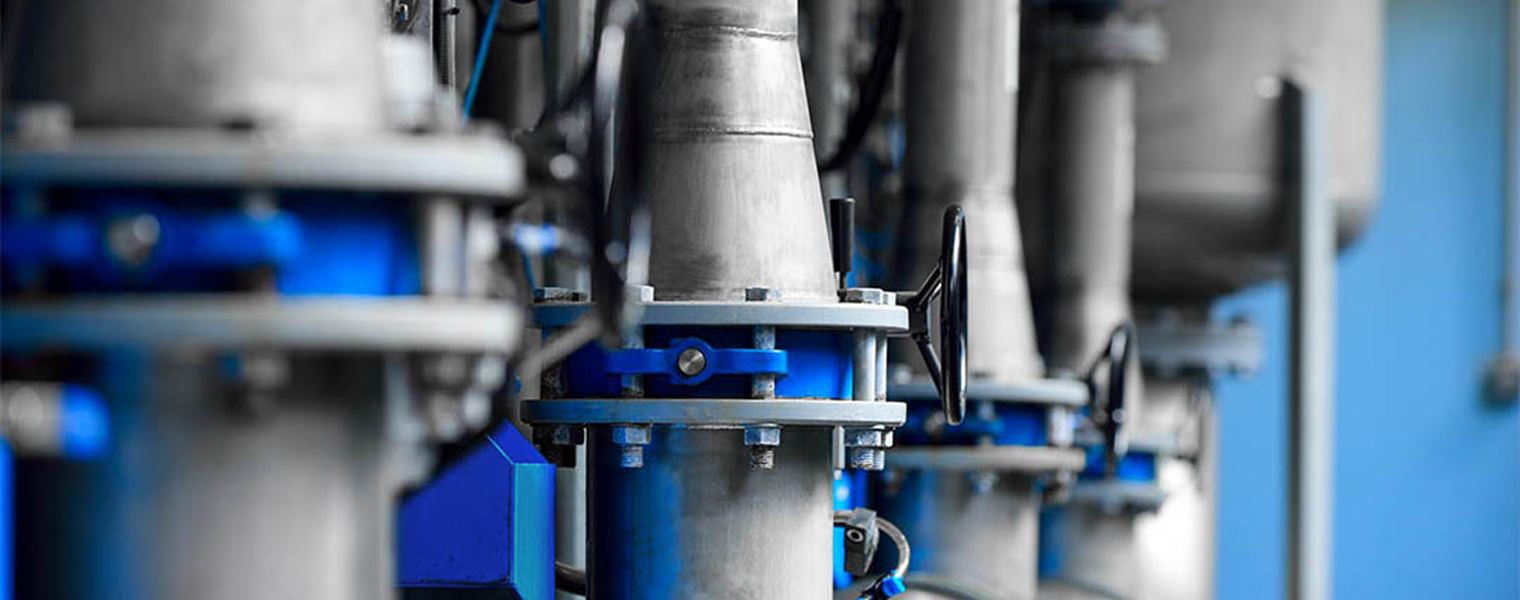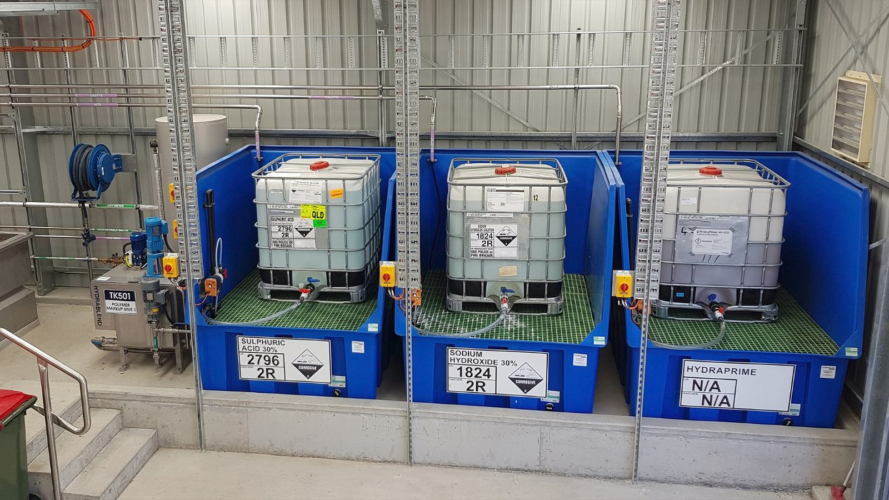
Understanding Industrial Trade Waste: Impact of Non-Compliance – Part 2
February 5, 2020
If your business is discharging industrial waste to a local Sewer Treatment Plant (STP), you will have an agreement with your local water authority.

 Trade waste is wastewater produced in any industrial processes or during the manufacturing of a product
Trade waste is wastewater produced in any industrial processes or during the manufacturing of a productIn the case of Sydney Water, the agreement will include:
- Daily discharge limits for a number of substances
- How they charge for the trade waste water
- Acceptance standards detailing the concentration of certain substances
- The requirement to sample and analyse your own wastewater
If you don’t comply with the agreement, not only are fees charged, but non-compliance could lead to disconnection of trade wastewater service or even your water service. Not only that, it can impact the performance of the STP.
There are a number of potential outcomes that result with increased pollutant loads reporting to the STP. A sustained discharge can seriously damage the sewer network. For example, some of these pollutants and their impact are:
- Industrial wastewater can corrode pipes and equipment in both the sewerage collection system and the treatment plant
- Greases, fats and other suspended matter can cause sewer blockages resulting in flooding of upstream users and spills to the environment. An excess of these materials can accumulate within the treatment plant causing odours, reduced plant efficiency, increased maintenance, higher costs and detrimental discharges to the environment.
- Discharges can hydraulically overload sewers and treatment plants so that wastewater does not receive adequate treatment
- Highly volatile wastes, which may be flammable or toxic, can endanger operations and maintenance personnel and cause damage to the sewerage system.
- Some wastes (individually or combined), may release toxic gases posing a public health hazard and/or affecting the environment. Long term exposure to volatile and toxic compounds in wastewater poses health risks to personnel.
- Wastes containing toxic materials, heavy metals, pesticides or persistent organic compounds can contaminate sludges thereby limiting reuse and disposal options and/or making options more expensive.
- Substances may pass through the treatment plant, untreated or partially treated, polluting the receiving waters and posing a threat to aquatic life, or rendering a watercourse unsuitable as a supply of drinking water or as a recreational resource. These substances should not compromise the environmental values of the receiving waters. The environmental values are described in Australian Water Quality Guidelines for Fresh and Marine Waters.

 Water pipe in a sewage treatment plant can be impacted by industrial trade waste
Water pipe in a sewage treatment plant can be impacted by industrial trade wasteThese are just a few of the problems associated with untreated discharge of trade waste. They all result in an increase in the cost of treatment at the STP as well increased maintenance costs of the sewage network. It is also not uncommon for local blockages to cause flooding back up into your premises!
What can you do? If you want to reduce your impact on the local STP, reduce your trade waste fees, or establish a processing facility where the local STP does not have capacity or adequate water supply, then it is time to turn to the experts like Hydroflux…
Hydroflux work closely with our clients using a consultative approach and can customise a solution for even the most complex scenarios. Our solutions range from upgrades to existing equipment, new primary treatment solutions, secondary treatment and reuse systems capable of producing water of a quality better than potable grade. We offer a complete range of equipment from the most basic of screens right through to complex reuse systems.
Industrial Trade Waste Versus Equivalent Population – Part 1 – Click here.
Common Nomenclature – Part 3 – Click here.
Understanding Industrial Trade Waste – Part 4 – Click here.
Up Next
Understanding Industrial Trade Waste: Common Nomenclature – Part 3
Using Chemistry to Reduce Operating Costs – Part 2
Categories
- Tradeshows
- Climate
- Community Engagement
- Corporate Announcements
- Group News
- Newsletters
- Product News
- Project Announcement


